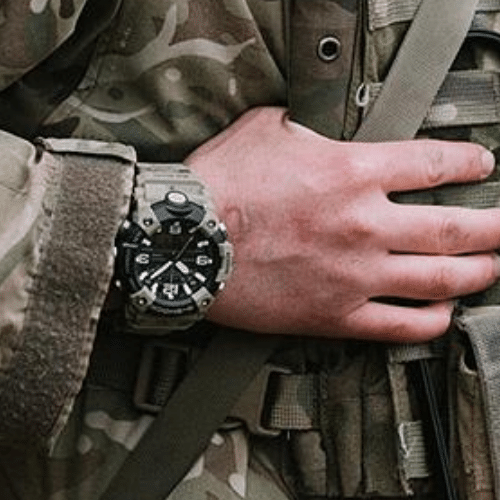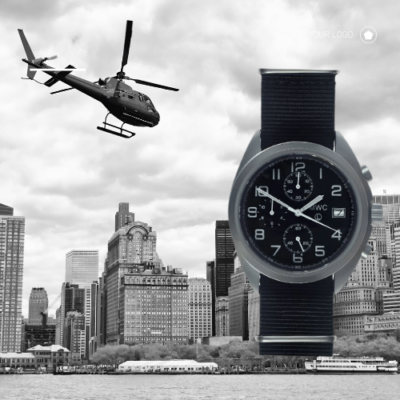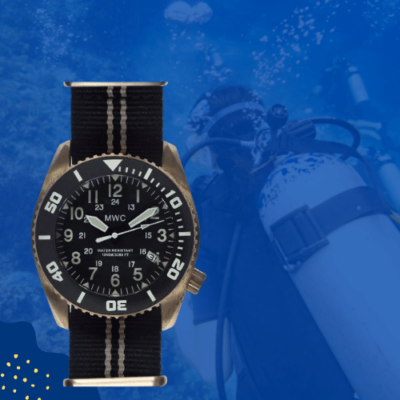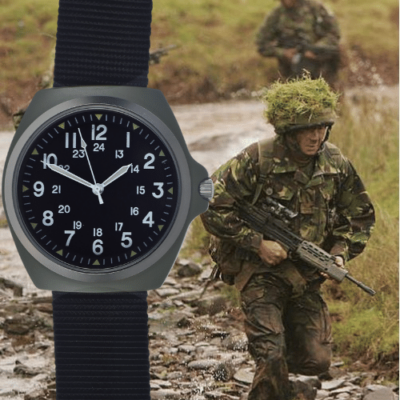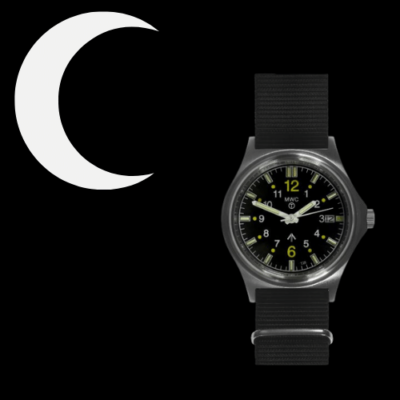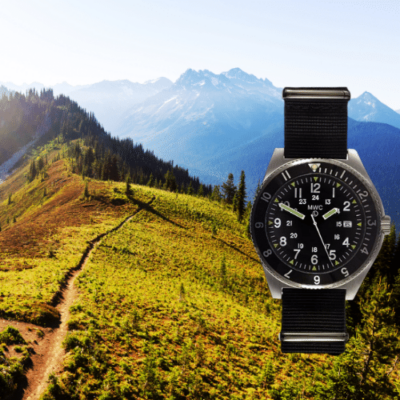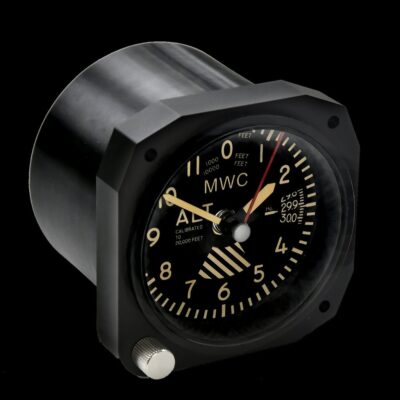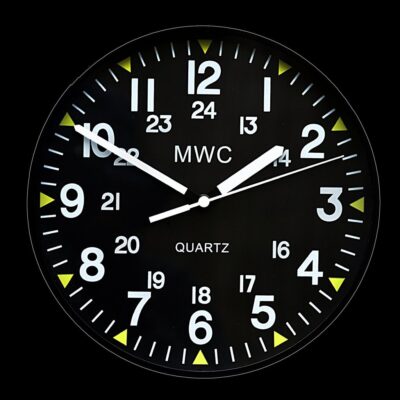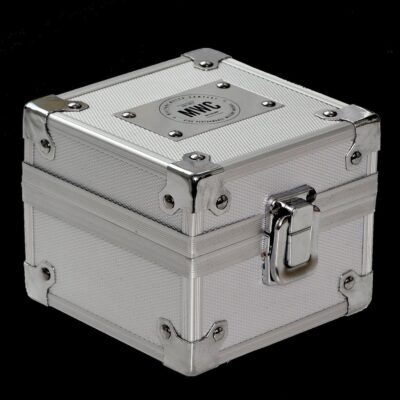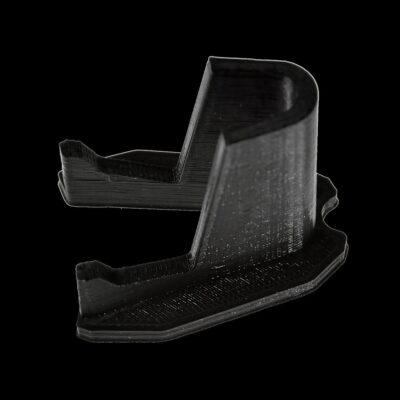News
U.S. Army Demonstrates Fastest Anti-Ship Missile Launcher in the Pacific: Can it Threaten China’s Navy?
The U.S. Army has for the first time demonstrated the capabilities of the new Typhon ground-based missile system abroad, firing an SM-6 multi-purpose missile to successfully sink a target at sea during Exercise Talisman Sabre 25 in Australia. The launch was widely interpreted by analysts as a show of force aimed at China, the fast advancing naval capabilities of which have increasingly diminished U.S. and Western maritime dominance in the Western Pacific. Having begun production in 2009, the SM-6 became operational in the U.S. Navy in 2013 to equip the service’s Arleigh Burke class destroyers. The Army subsequently chose the missile to form the basis of its new ground based mid range strike platform in November 2020, awarding a contract on a sole source basis worth $339.3 million.

Although developed primarily as an anti-ballistic missile, the SM-6 is the only known missile class in the world designed to also perform anti-air warfare and anti-shipping, and is currently considered among the most potent anti-ship missile classes in the Western world. The missile has an engagement range estimated at 450 kilometres, and travels at Mach 3.5 speeds, with its speed increasing damage upon impact and increasing the difficulties of interception. Although highly versatile, the SM-6 has a number of significant drawbacks as an anti-ship missile class. The missile carries a warhead weighing just 64 kilograms, which is necessary to reduce weight to facilitate exo-atmospheric interceptions of ballistic missiles, but seriously limits the damage which it can do upon impacting warships. To place this in perspective, the YJ-18 cruise missile widely deployed by Chinese warships carries a 300 kilogram warhead.

The SM-6’s 450 kilometre range is highly limited compared to rival anti-ship missile classes, with the recently introduced Chinese YJ-21 hypersonic anti-ship missile having a range estimated at 1500 kilometres, which it combines with speeds of between Mach 6 and Mach 10. Although the SM-6’s Mach 3.5 speeds are fast by the standards of Western anti-ship missiles, they remain far below those of new Chinese and even Russian anti ship missile classes such as the Zircon, and well within the scope of air defence systems such as the HHQ-9 to intercept. The missile also lacks a sea-skimming trajectory to decrease the warning time for enemy warships. The SM-6’s cost is also prohibitive for saturation attacks, with each estimated to cost over $4 million, making enemy strikes on launch vehicles potentially extremely costly.
The Typhoon system appears to have been developed to provide the U.S. Armed Forces with an asymmetric solution to growing Chinese naval power, by deploying anti-ship missiles from land which is significantly less costly than doing so on ships such as the Arleigh Burke class. Despite the SM-6’s limitations, the system’s introduction and widespread deployments in East Asia have the potential be a highly favourable development for Western interests in the region, with a significant possibility remaining that other more capable anti-ship missiles will be integrated into the missile system in future.

